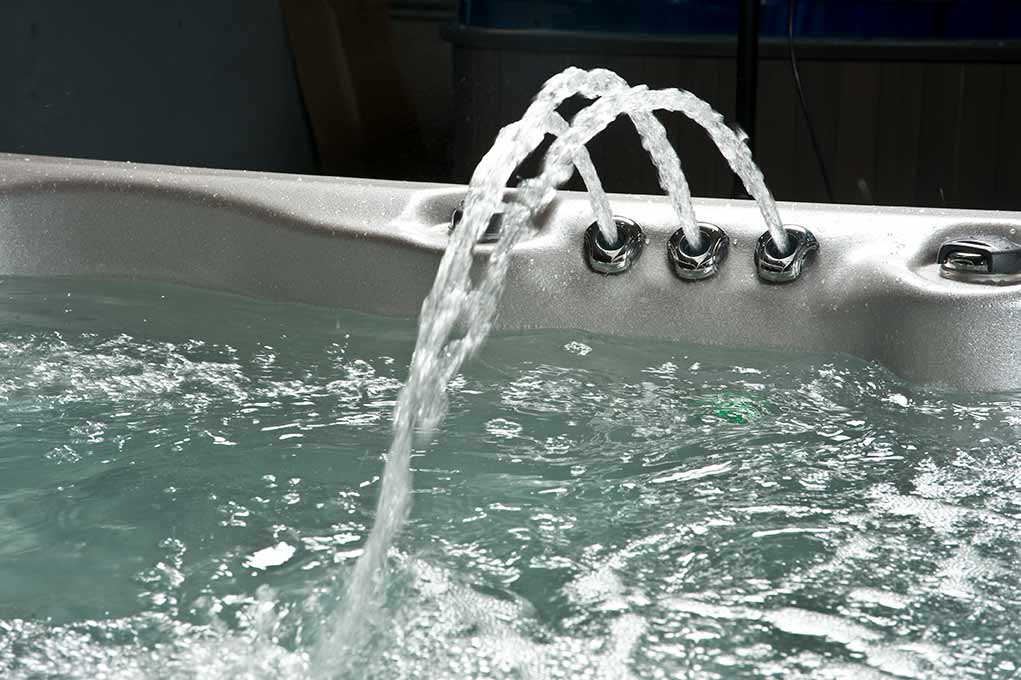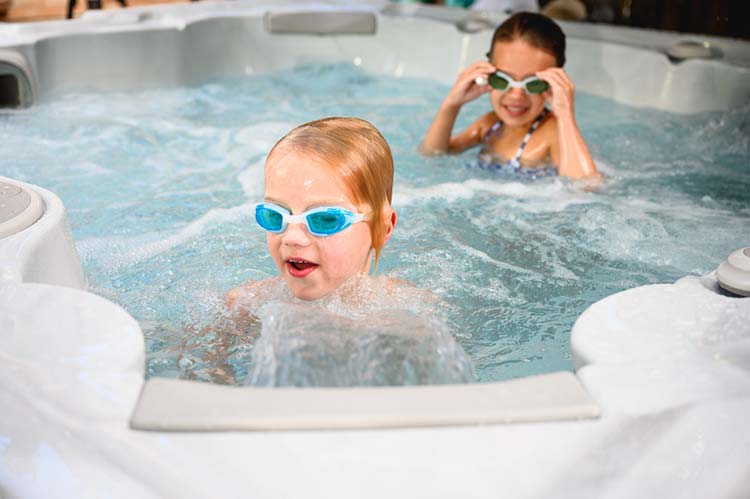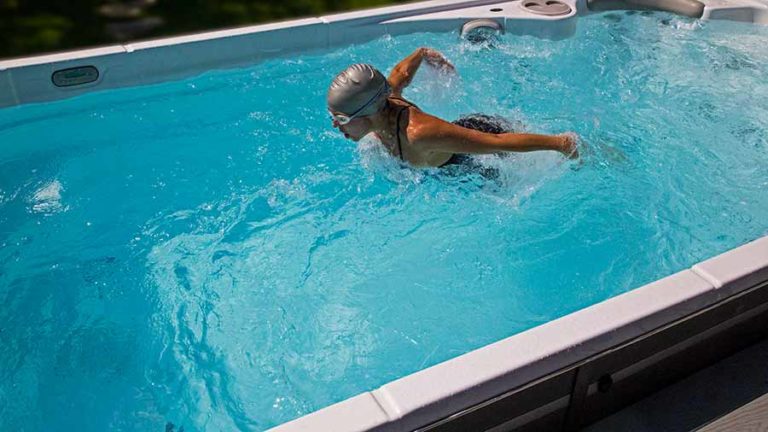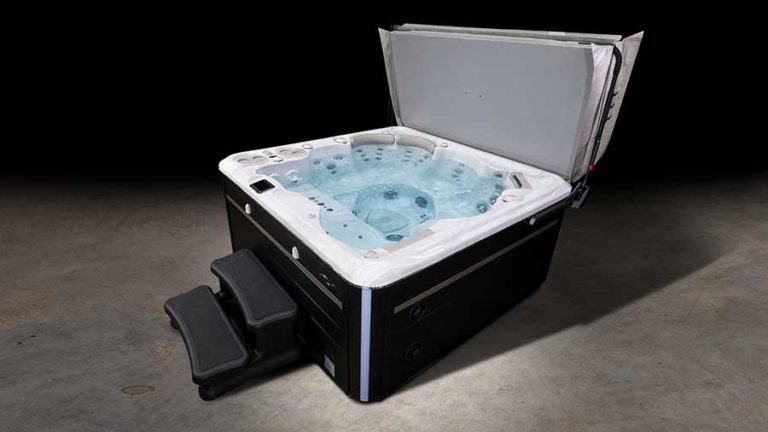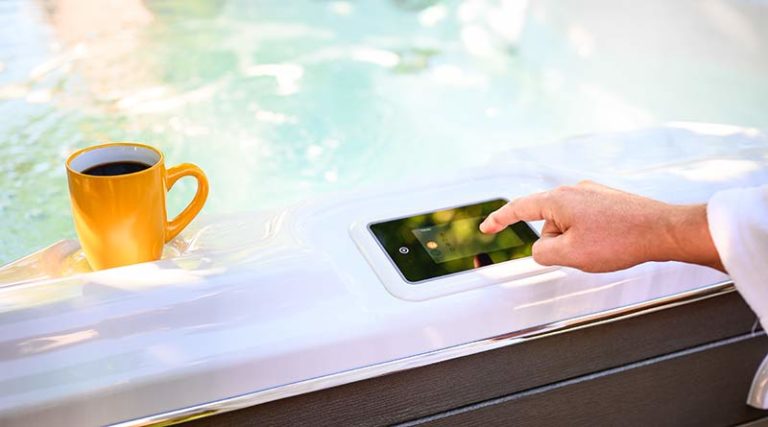What is Hot Tub Shock?
Every hot tub owner will probably be told at some point that “you need to shock your hot tub”, but what does it mean exactly?
And why do we need to shock a hot tub?
Weekly shock dosing of a hot tub or swim spa will ensure clear, safe and inviting water when it is incorporated as part of the weekly water regime. If shock dosing is overlooked the water can quickly turn dull or cloudy, it can begin to smell unpleasant, look uninviting and maybe even unsafe to bathe in.
Shock dosing a hot tub is the process of removing (‘oxidising’) the un-filterable organic waste from the water, which is waste the filtration system alone cannot remove. It is recommended this be undertaken on a weekly basis as part of the water maintenance programme.
Our recent post here offers more information on a beneficial water maintenance programme for your hot tub or swim spa.
Bathers invariably bring a wide variety of pollutants such as sweat, dead (dry) skin cells, and oils produced by the body and cosmetics, even when they shower before using your hot tub. This waste builds up over time and, if left untreated, will result in unpleasant and potentially harmful water conditions for users of your tub or spa.
Here are some frequently asked questions to help clarify the role of Shock for the hot tub owner:
Is chlorine and shock the same thing?
No, chlorine is a primary sanitiser which should always be maintained at 2 – 3 parts per million (ppm).
Shock dosing is a standalone process, and is normally undertaken weekly or after heavy use of the hot tub, i.e. over and above 3 times a week, by 2 people or more.
What do you use to shock a hot tub?
Non Chlorine Oxy Shock is the chemistry most commonly used to shock dose the water, and should be added on a weekly basis.
Non Chlorine Oxy Shock offers a highly effective method of oxidising the unfilterable waste in the water and allows bathing to re-commence relatively quickly.
Chlorine Dioxide fast-dissolving tablets are becoming increasingly popular, as they are effective at removing biofilms, water slimes and other unwanted visitors within the hot tub’s internal pipework.
Chlorine Dioxide reacts quickly by killing bacteria, removing the biofilms and slimes, quickly dissipating and therefore allowing hot tub use to recommence relatively quickly.
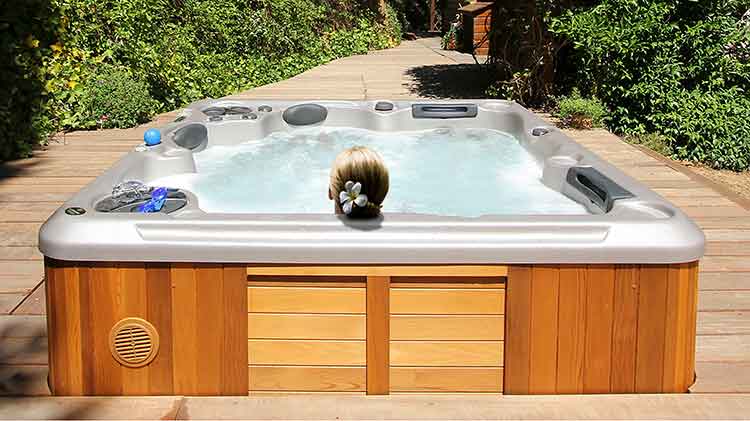

Can you get in a hot tub after shocking?
When adding any chemical you should always re-test the water to establish the correct parameters for pH and sanitiser levels before bathers return to your hot tub or swim spa.
Using Non Chlorine Oxy Shock will typically allow a quicker return to bathing.
Can you put too much shock in a hot tub?
Yes! Always read the instructions on the container before adding chemicals to your hot tub water.
A good practice to consistently adopt is to add the chemistry as per the manufacturer’s instructions and to then re-test the water before the hot tub is used again.
Adding too much Non Chlorine Oxy Shock will reduce the pH of your hot tub or swim spa water which is why re-testing is crucial.
Do you add chlorine or shock first?
When undertaking the weekly shock dose add the Non Shock Oxy Shock first and then always re-test the water after 30 minutes to establish if free chlorine needs to be increased.
Because of the low pH of Non Chlorine Oxy Shock this will have a positive impact on the efficiency of the chlorine sanitiser.
Is liquid chlorine better than shock?
Liquid chlorine is a popular sanitiser and shock product for swimming pools but should not be considered for hot tub use under any circumstances. This product is difficult to administer and has a very high salt content which will require a premature need for draining the hot tub or swim spa water.
Does shock raise pH?
Using Non Chlorine Oxy Shock actually reduces the pH of the hot tub or swim spa water which is helpful when using a chlorine sanitiser as it can improve the effectiveness of the free chlorine.
A un-stabilised chlorine shock chemistry has a high pH which is one of the main reasons this product is not popular for hot tub users.

